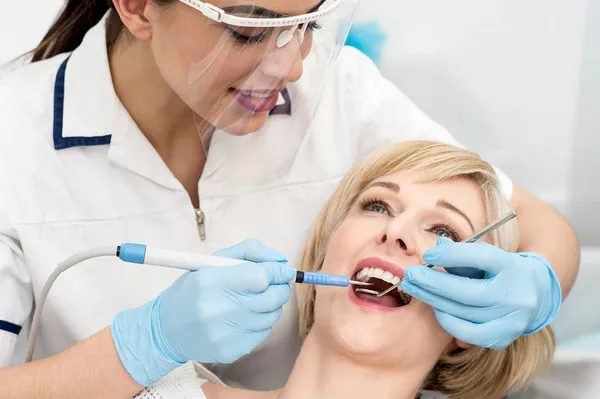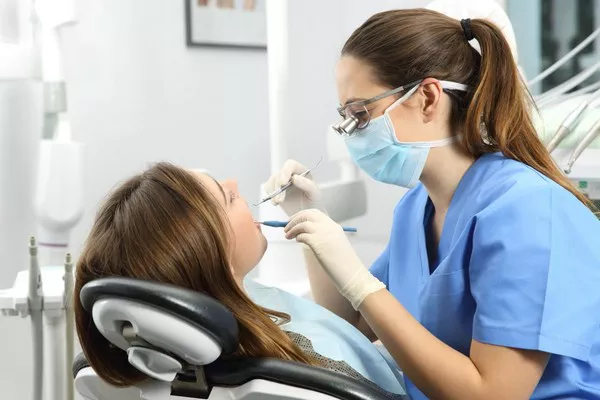The removal of wisdom teeth is a common dental procedure, often raising questions about the recovery process, particularly regarding how long it takes for the extraction sites or holes to close. In this article, we delve into the intricacies of the healing timeline for wisdom teeth holes, providing insights into what individuals can expect during this crucial phase of recovery.
1. Immediate Post-Extraction Period: The Beginnings of Healing
Blood Clot Formation: Immediately after wisdom teeth extraction, the body initiates the healing process by forming blood clots in the empty sockets. These clots are crucial for protecting the exposed bone and promoting the formation of new tissue.
The Importance of Blood Clots: Blood clots act as a natural barrier, preventing infection and aiding in the initial stages of tissue regeneration. Protecting these clots is paramount during the immediate post-extraction period.
2. The First 24 to 48 Hours: Vigilant Care and Monitoring
Avoidance of Dislodgement: Protecting the blood clots requires avoiding actions that may dislodge them. Patients are advised to refrain from vigorous rinsing, spitting, or touching the extraction sites during the initial 24 to 48 hours.
Managing Swelling and Discomfort: Swelling and discomfort are common during this period. Applying ice packs, taking prescribed medications, and following post-operative care instructions help manage these symptoms.
3. Days 3 to 7: Scab Formation and Tissue Regeneration
Scab Formation: In the days following extraction, a scab or soft tissue begins to form over the extraction sites. This scab protects the underlying tissues as the body continues its regenerative processes.
Soft Diet Recommendations: To prevent any disruption to the healing process, dentists often recommend a soft diet during this phase. This includes foods that are easy to chew and won’t irritate the emerging scab.
4. Weeks 1 to 2: Continued Healing and Tissue Maturation
Dissolving Stitches: If stitches were used, they may start dissolving during this period. Dissolvable stitches eliminate the need for a separate removal appointment, and the body naturally absorbs them.
Gradual Closure: The extraction sites undergo gradual closure as the scab matures and the tissues continue to regenerate. Patients may notice a reduction in swelling and a more comfortable overall feeling.
5. Weeks 2 to 4: Maturation of Healing Tissues
Tissue Maturation: The tissues surrounding the extraction sites continue to mature, and any residual discomfort typically subsides during this period. The scab may fully dissolve, exposing the healed tissues underneath.
Monitoring Oral Hygiene: Maintaining excellent oral hygiene is crucial. Patients are advised to resume gentle brushing and flossing, being cautious around the healing areas.
6. Weeks 4 to 6: Continued Tissue Healing and Follow-Up Appointments
Follow-Up Appointments: Some individuals may have follow-up appointments with their dentist during this phase. X-rays may be taken to assess the progress of bone healing and overall tissue health.
Resuming Normal Diet: By this time, most individuals can gradually resume a normal diet, incorporating a wider variety of foods.
7. Weeks 6 to 8 and Beyond: Complete Closure and Bone Remodeling
Complete Closure: By the sixth to eighth week, many individuals experience complete closure of the extraction sites. However, the healing process can vary, and some may observe full closure sooner or later than this timeframe.
Bone Remodeling: While the soft tissues may fully close within a few weeks, the underlying bone continues to undergo a process called remodeling. This involves the restructuring of the bone to adapt to the absence of the extracted tooth.
Conclusion:
The timeline for wisdom teeth holes to close is a gradual and individualized process, influenced by factors such as overall health, oral hygiene practices, and adherence to post-operative care instructions. While the initial stages focus on protecting blood clots and managing discomfort, the subsequent weeks bring about the formation of tissue scabs, gradual closure, and the maturation of healing tissues.
Patients are encouraged to follow their dentist’s recommendations diligently, attend follow-up appointments, and be patient with the natural healing process. Embracing a soft diet during the early stages, practicing vigilant oral hygiene, and being mindful of any changes contribute to a smoother recovery.
In conclusion, the closure of wisdom teeth holes unfolds as a natural and remarkable journey of healing. By understanding the stages and timelines involved, individuals can approach the recovery process with awareness, patience, and a commitment to optimal oral health. The partnership between diligent self-care and professional guidance paves the way for the complete closure of wisdom teeth extraction sites, marking the successful conclusion of the healing journey.
Can I Sleep On My Side After Wisdom Teeth Removal
Can I Eat Ketchup After Wisdom Teeth Removal
Can I Eat Ice Cream After Wisdom Tooth Extraction
































